
James Walker
Contributing since January, 2021
-
369articles
Latest Articles
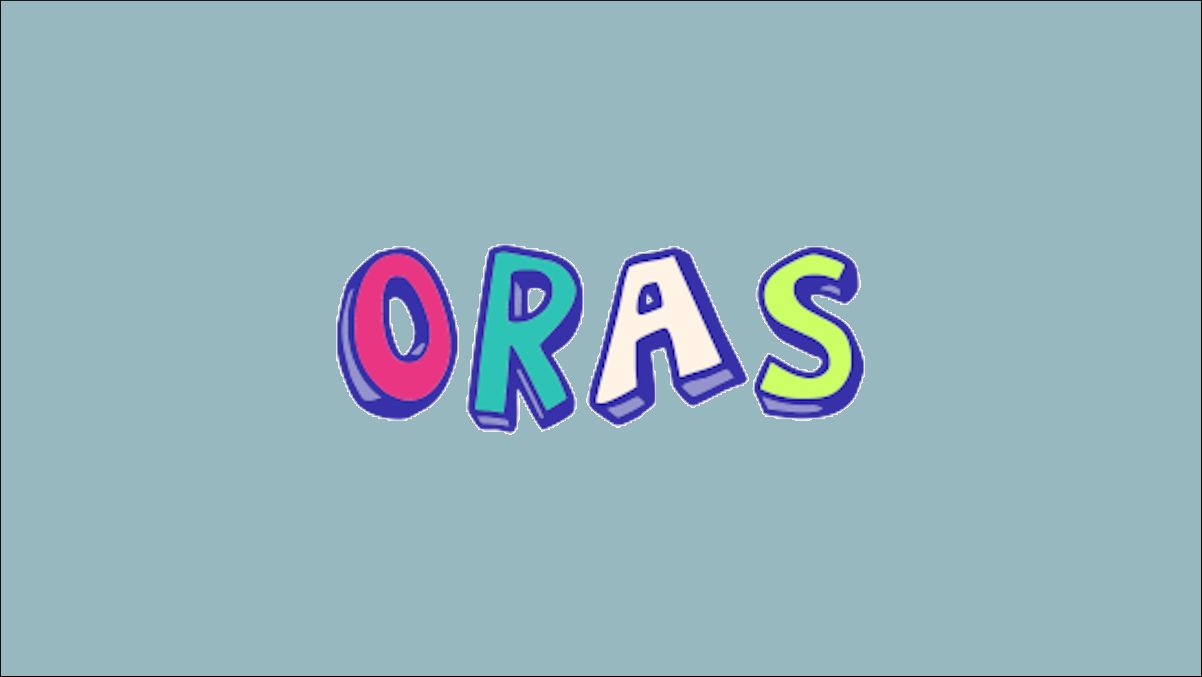
How to Standardize Software Delivery With OCI Artifacts, ORAS, and Docker Hub
Docker Hub is best known as a container image registry but ORAS and OCI Artifacts support mean you can now use it to store any of your application's assets, such as binaries, Helm charts, and config templates. Here's how to get started using ORAS.
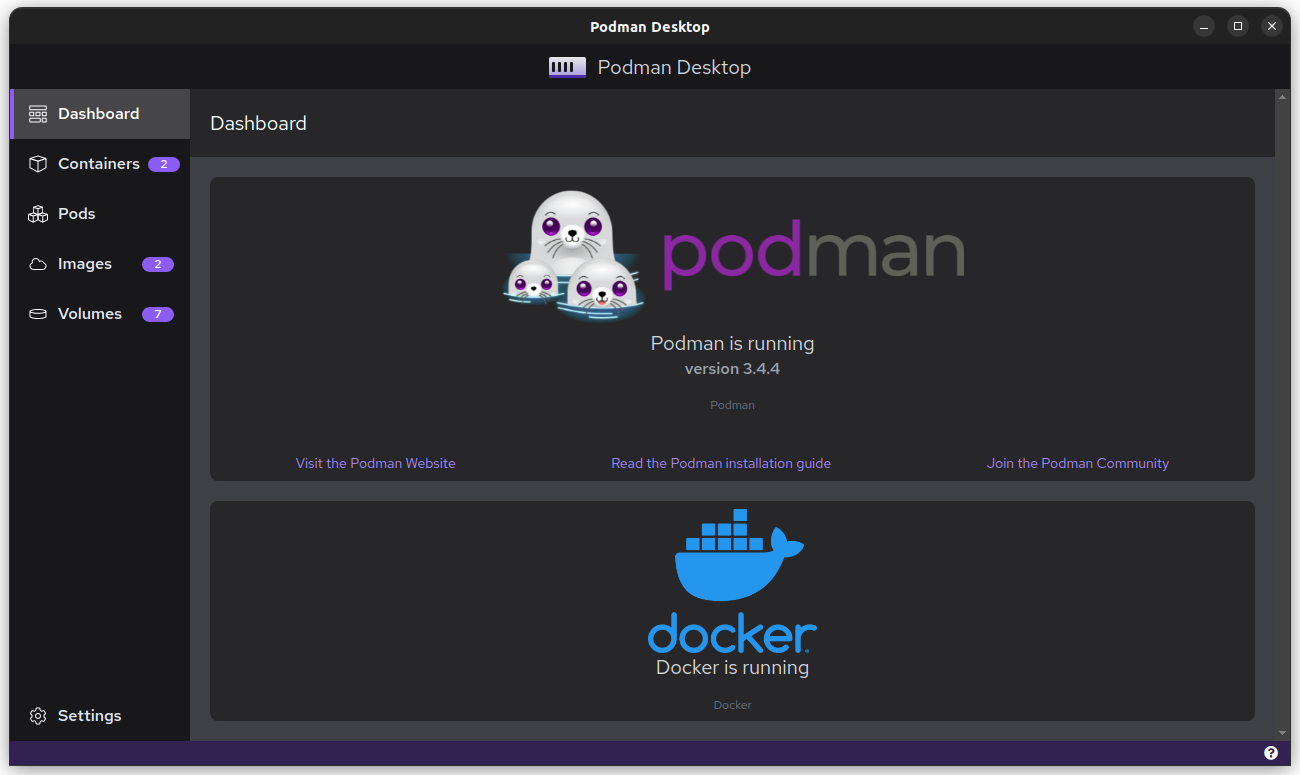
Getting Started With Podman Desktop, an Open Source Docker Desktop Alternative
Podman Desktop is an open source and feature-filled alternative to Docker Desktop. In this article, you'll tour its main features and learn how to get started.
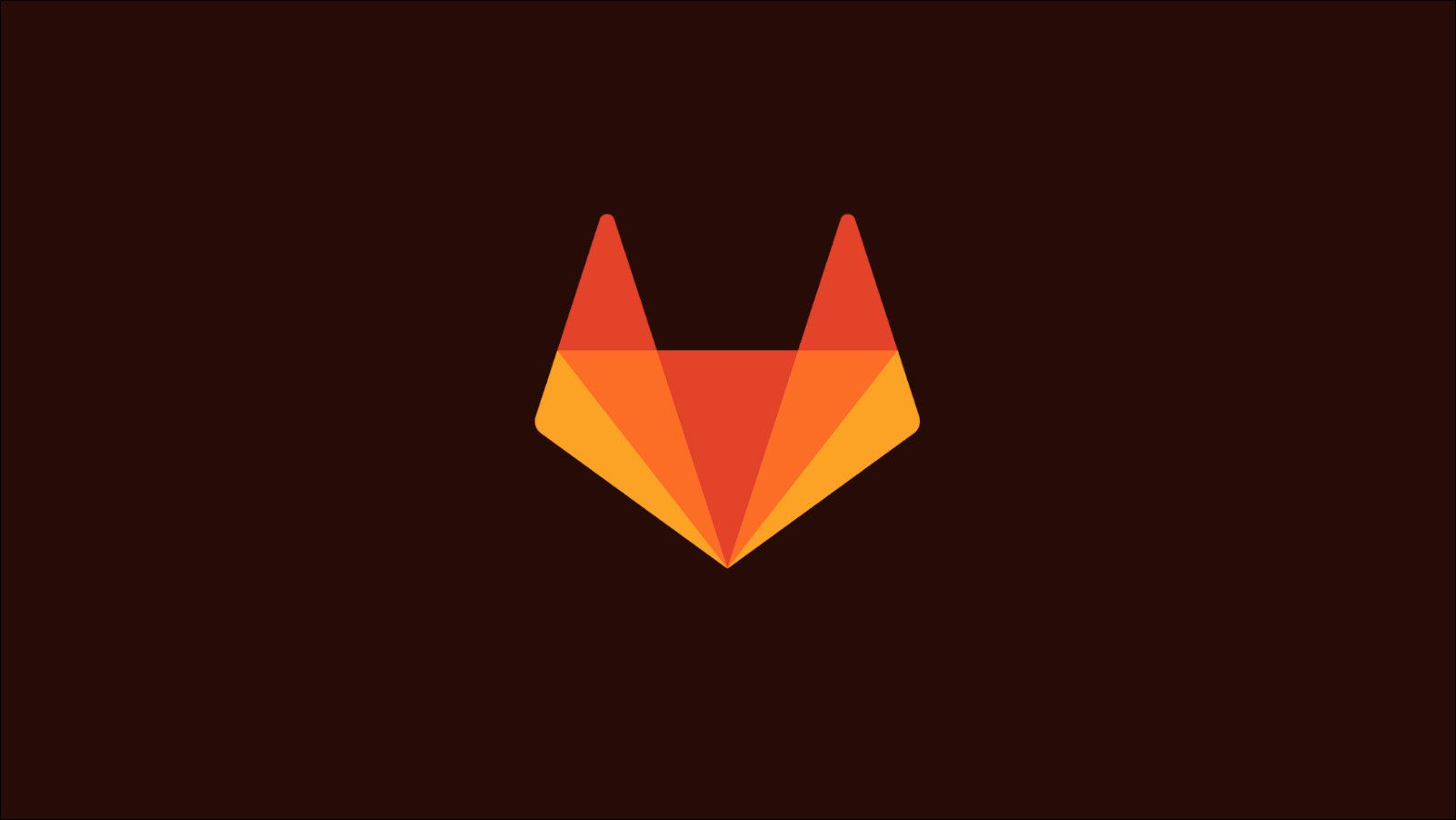
How to Get Started With GitLab's CLI to Manage DevOps From Your Terminal
GitLab is the source of truth for many development teams. Accessing GitLab data usually requires context switching to a web browser or fiddly API interactions, however. Now there's an official CLI that lets you manage DevOps processes without leaving your terminal.
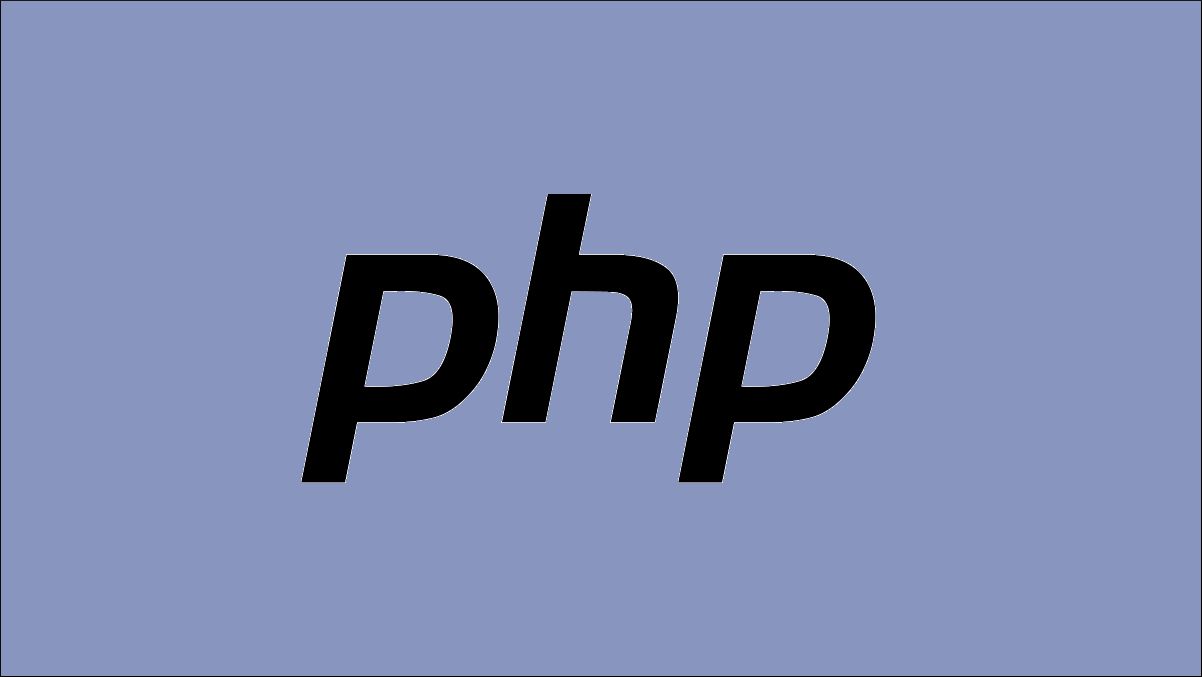
What's New In PHP 8.2?
PHP 8.2 is the 2022 minor release of the PHP language. It brings new syntax features including readonly classes, disjunctive normal form type expressions, and constants within traits that make PHP code simpler to write and maintain.
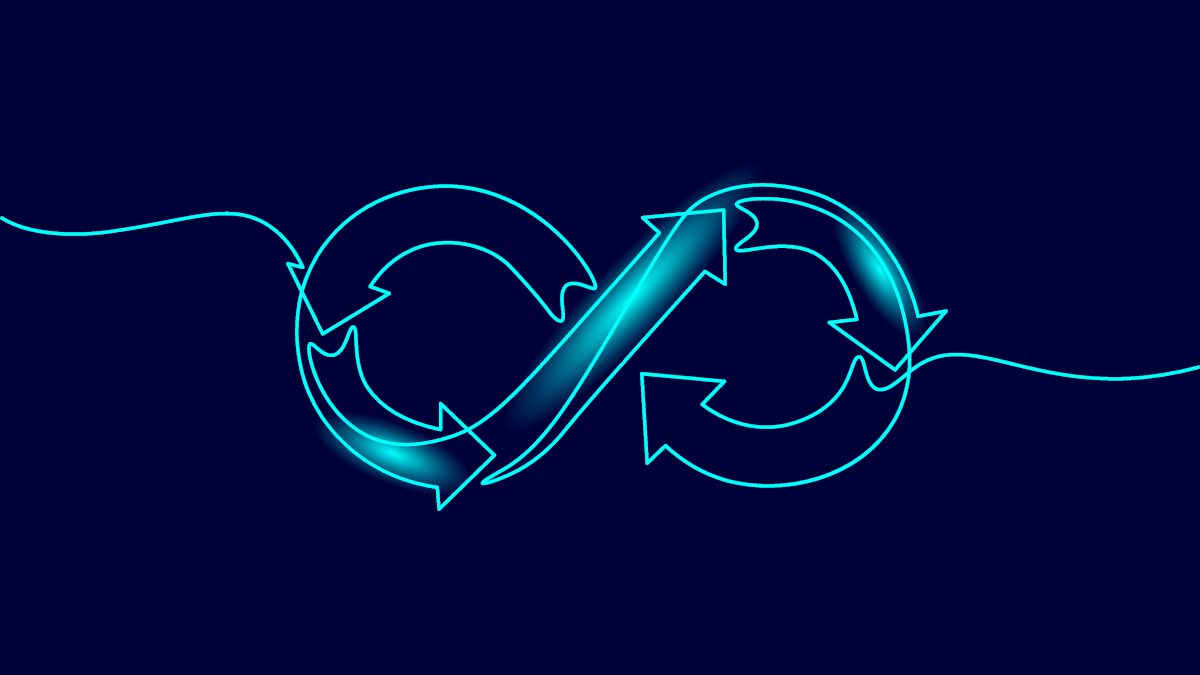
The Business Case for Continuous Delivery
Continuous delivery extends your CI pipeline to automatically deploy new code and publish releases to customers. CD isn't just about developer productivity: its effects also have tangible benefits for your business. Here's why business leaders should consider using CD.
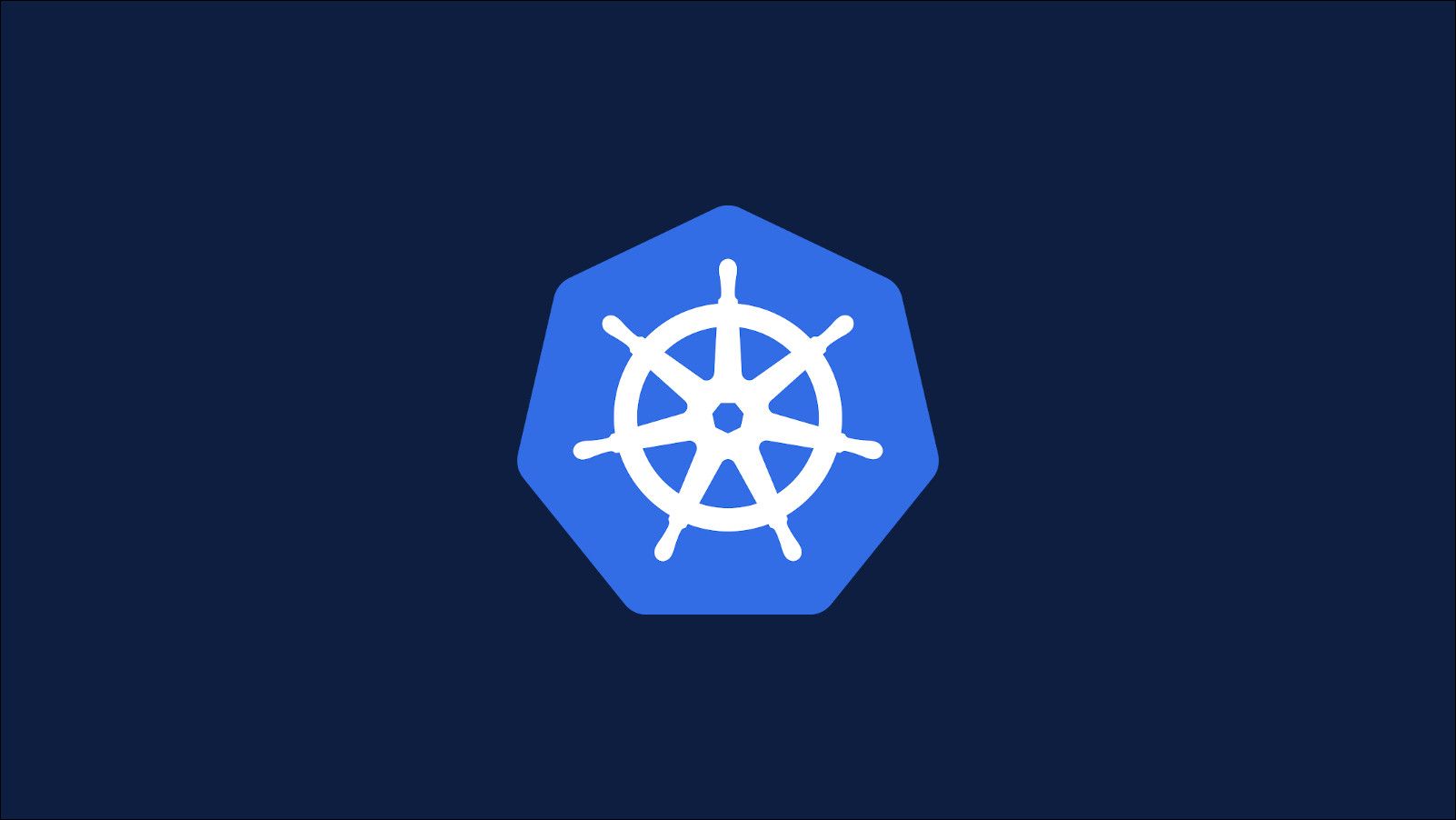
Securing Kubernetes Cluster Traffic With Pod Network Policies
Kubernetes network policies define how traffic can flow between Pods in your cluster. This article will explain why they're important and how you can set them up.
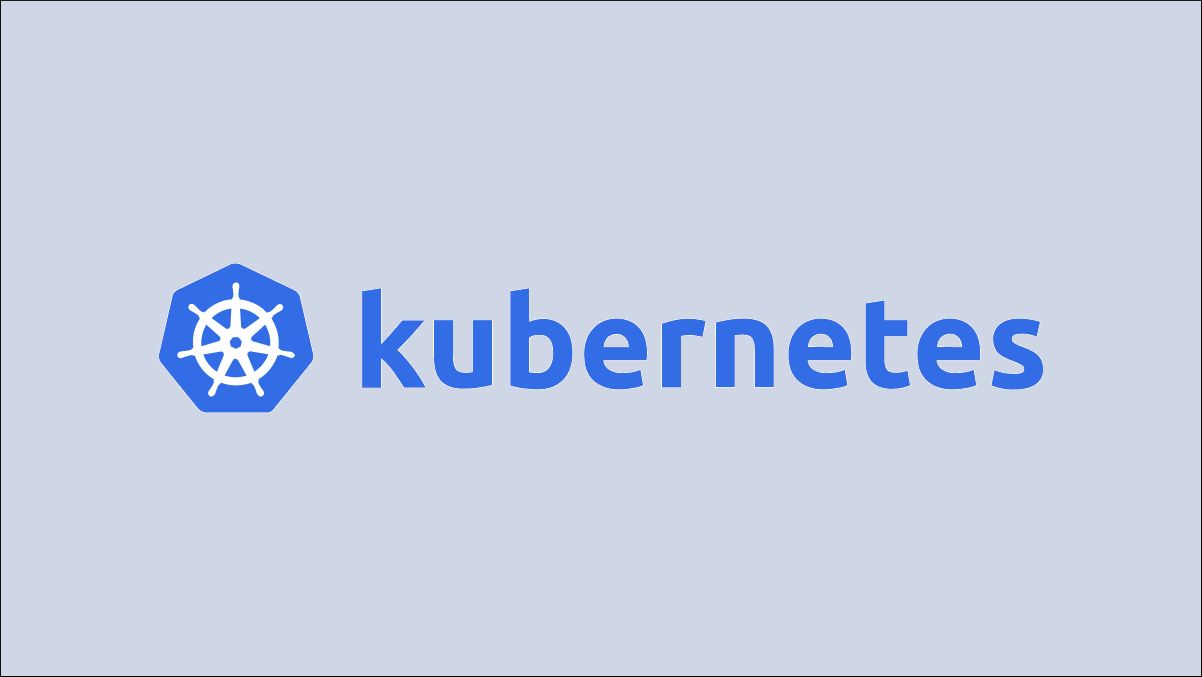
What Is Kubernetes Server-Side Apply (SSA)?
Server-side apply is a Kubernetes feature that moves the logic from the "kubectl apply" command into the API server. This facilitates fully declarative object updates with conflict detection. This article will explain how it works.

Platform Engineering vs DevOps: What You Need to Know
Platform engineering is a DevOps technique that grants developers autonomy through the use of automation and self-service tools. In this article you'll learn why platform engineering has risen to prominence and the ways it contributes toPlatform engineering is a DevOps technique that grants developers autonomy through the use of automation and self-service tools. In this article you'll learn why platform engineering has risen to prominence and the ways in which it contributes to DevOps success. DevOps success.

DevOps CALMS: How This Engineering Mindset Sets You Up For Success
CALMS is a framework for assessing your DevOps maturity. In this article you'll learn about the five CALMS principles and how you can use them to maximize your DevOps success.

Should You Set Kubernetes CPU Limits?
Getting Kubernetes resource management right is essential to maintain good performance and stability in your cluster. CPU requests and limits are an often misunderstood topic: here's why setting limits is usually the wrong approach.
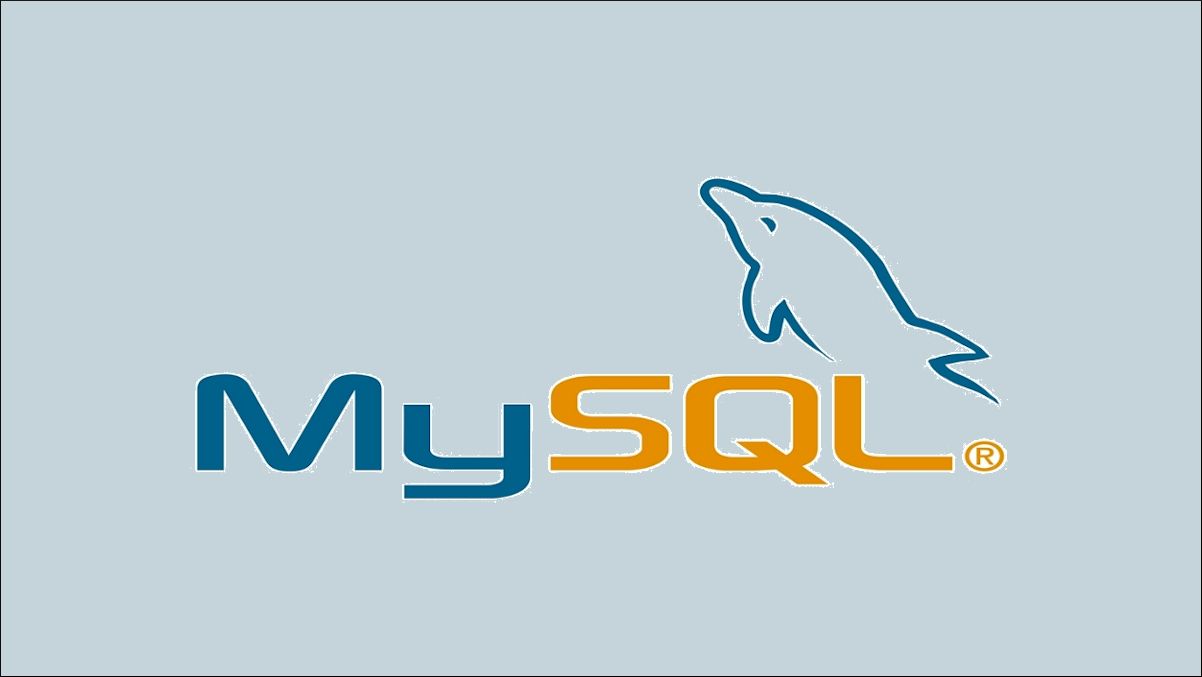
How to Backup Kubernetes MySQL Operator Clusters
The MySQL Operator simplifies running MySQL databases in a Kubernetes cluster. In this article you'll learn how to use the integrated backup system to regularly export your data to object storage providers.

How to Run MySQL on Kubernetes With Oracle's Operator
Running a replicated MySQL database in Kubernetes doesn't have to be difficult: Oracle's open-source operator automates database provisioning and management for you, eliminating the burden of configuring and maintaining your own StatefulSets.

How to Debug Kubernetes "FailedScheduling" Errors
Pod scheduling issues are one of the most common Kubernetes errors.

How to Use Kubernetes Taints and Tolerations to Avoid Undesirable Scheduling
Taints and tolerations are a Kubernetes mechanism for controlling how Pods schedule to the Nodes in your cluster.

Development vs Operations: Where Do "Dev" and "Ops" Roles Differ and Overlap?
Development and Operations are two kinds of role facilitating the delivery of software systems.
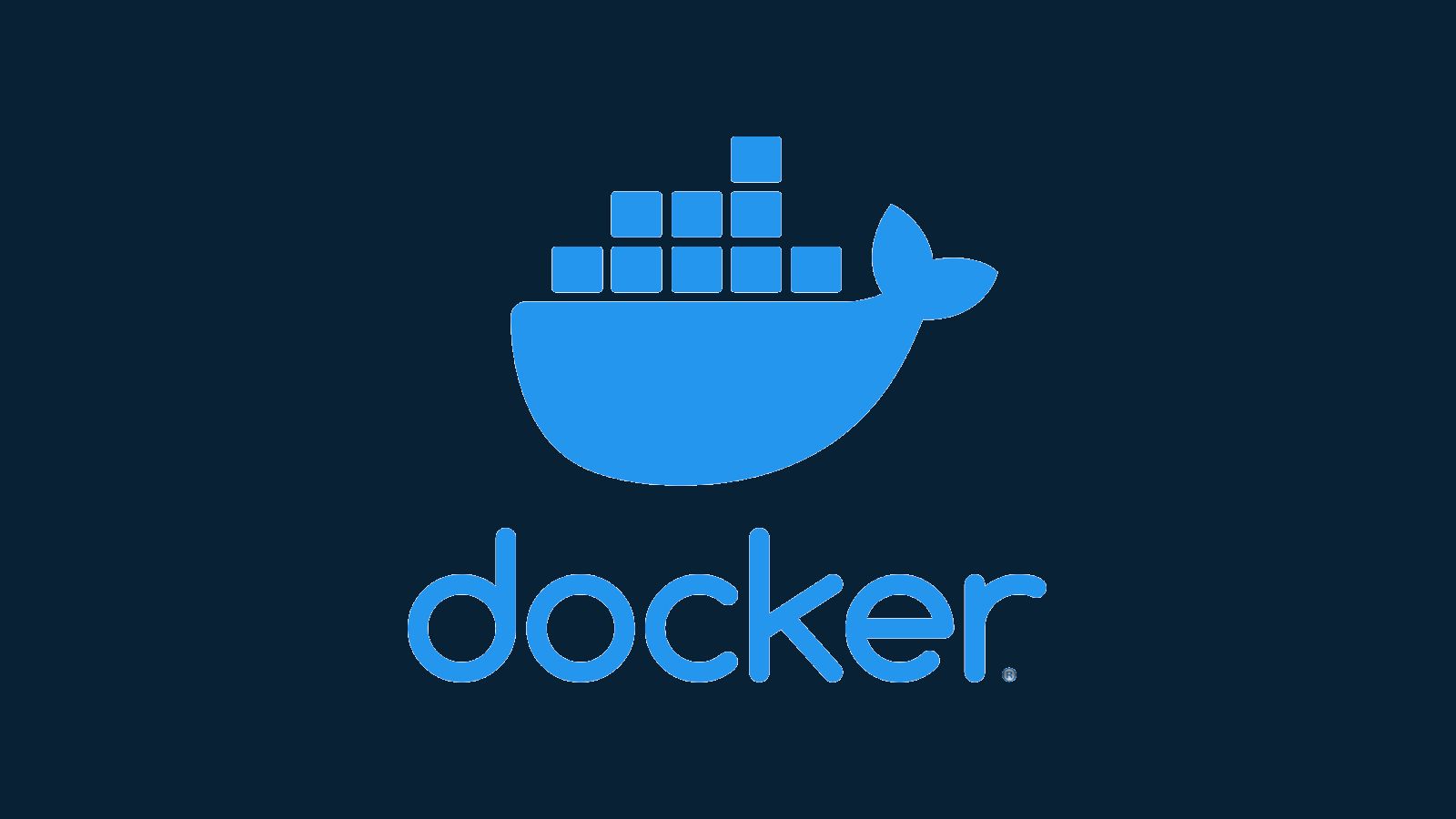
How to Back Up Your Docker Volumes
Docker volumes are used to store persistent data separately from your containers.

7 Cloud Native Development Principles for Maximum Efficiency
Cloud native describes an approach to software development where cloud infrastructure is used to achieve quicker and more scalable deployments.
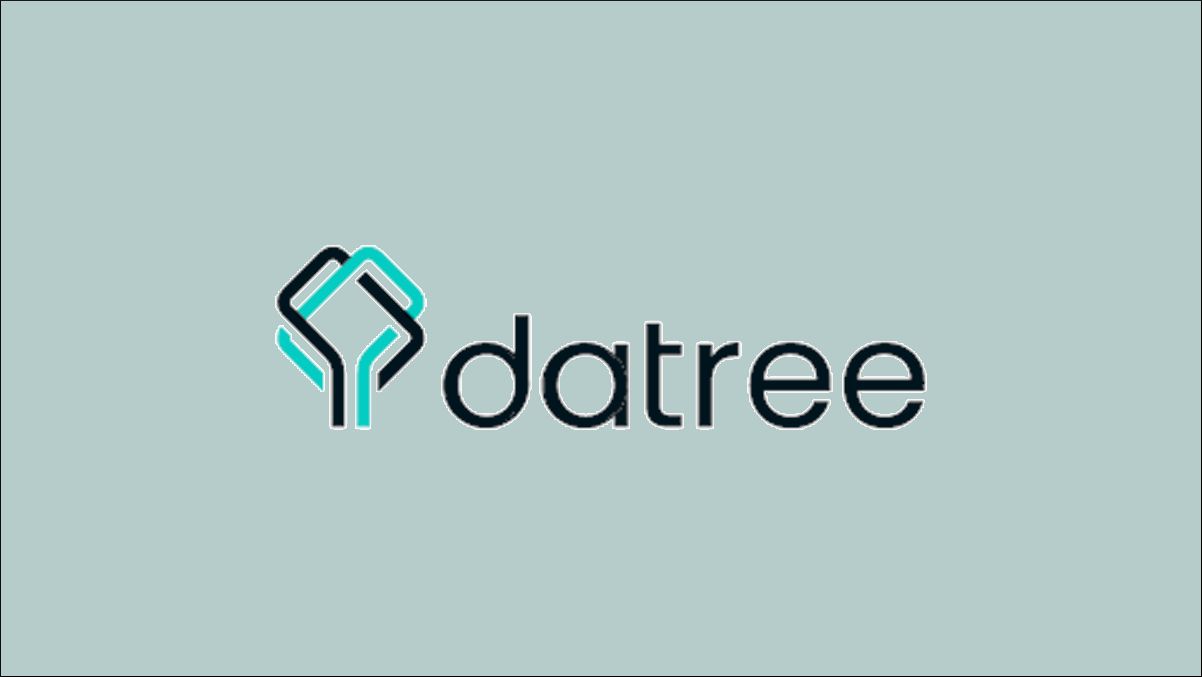
How to Use Datree to Avoid Kubernetes Misconfigurations
Kubernetes is a complex system with many moving parts.
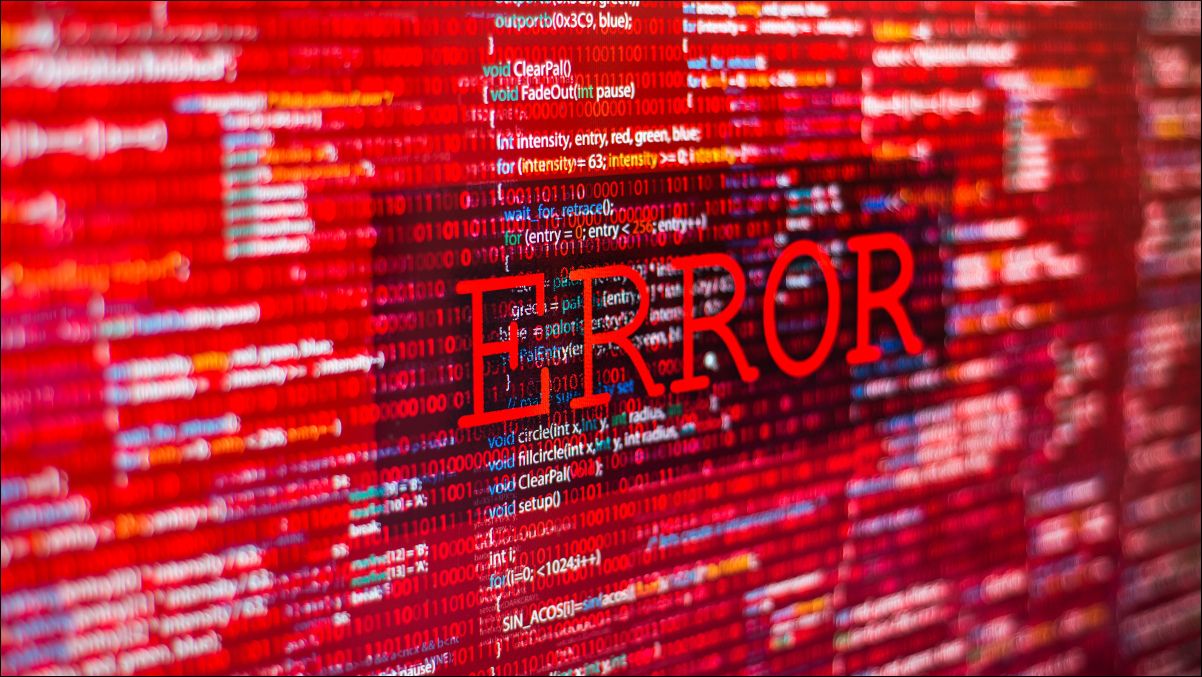
How to Use Error Budgets to Protect Service Reliability
Error budgets protect systems by informing engineering teams of SLA breaches and highlighting when work needs to refocus on stability. In this article you'll learn how to set and use error budgets to balance risk-taking with reliability.

How to Upgrade a Kubernetes Cluster Created With Kubeadm
It's important to stay up to date with Kubernetes releases so you get the latest features, bug fixes, and security enhancements. In this article you'll learn how to move Kubeadm clusters between minor versions, such as v1.24 to v1.25.
